How to Choose the Perfect Home Doors and Windows for Energy Efficiency
Choosing the right home doors and windows is a pivotal decision that can significantly impact your energy efficiency and comfort. As homeowners increasingly prioritize sustainability and cost-effective solutions, understanding how to select the perfect options becomes essential. Energy-efficient doors and windows not only enhance the aesthetic appeal of your home but also provide insulation against temperature fluctuations, reduce energy consumption, and lower utility bills. Factors such as material, design, and installation methods play crucial roles in optimizing efficiency. This guide will walk you through the key considerations to keep in mind when selecting home doors and windows, ensuring you make informed choices that align with both your environmental goals and personal style. Whether you are renovating or building anew, making thoughtful decisions in this area is an investment in your home's future sustainability and comfort.
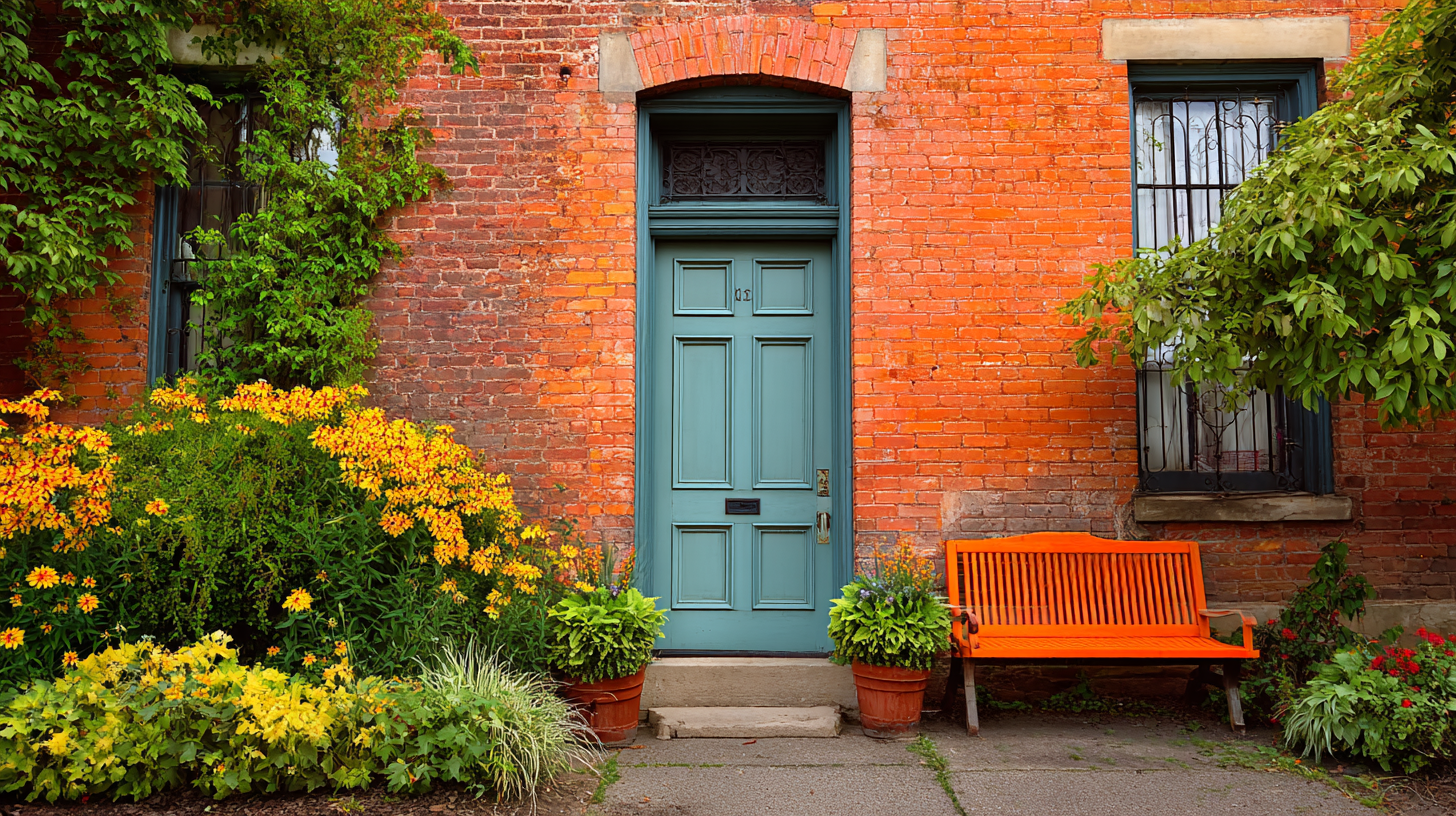
Identifying Key Energy Efficiency Features in Doors and Windows
 When selecting doors and windows for energy efficiency, it's crucial to identify key features that can significantly impact home energy consumption. According to the U.S. Department of Energy, windows can account for 25% to 30% of residential heating and cooling energy use. Therefore, looking for high-performance windows with low U-factor ratings is essential. U-factor measures how well a building element conducts heat; the lower the U-factor, the better the insulation, which leads to increased energy savings.
When selecting doors and windows for energy efficiency, it's crucial to identify key features that can significantly impact home energy consumption. According to the U.S. Department of Energy, windows can account for 25% to 30% of residential heating and cooling energy use. Therefore, looking for high-performance windows with low U-factor ratings is essential. U-factor measures how well a building element conducts heat; the lower the U-factor, the better the insulation, which leads to increased energy savings.
Moreover, the use of ENERGY STAR certified products can further enhance energy efficiency. ENERGY STAR-rated windows and doors are designed to meet strict energy efficiency guidelines set by the Environmental Protection Agency. In fact, a recent report by the National Fenestration Rating Council (NFRC) shows that homeowners who replace single-pane windows with ENERGY STAR double-pane windows can save between $126 to $465 annually, depending on their climate. Additional features such as triple glazing, gas fills, and warm-edge spacers also contribute to improved insulation and reduced thermal loss, making them worthwhile considerations for anyone looking to optimize their home’s energy performance.
Comparing Materials: Wood, Vinyl, Fiberglass, and Aluminum
When choosing home doors and windows, it’s essential to consider the materials that will best enhance energy efficiency. The most common options—wood, vinyl, fiberglass, and aluminum—each come with distinct advantages and drawbacks.
Wood is renowned for its aesthetic appeal and natural insulation properties, which can help keep your home warm in the winter and cool in the summer. However, it requires more maintenance to prevent warping and decay. To maintain the efficiency of wood doors and windows, regularly check for signs of wear and apply protective finishes as needed.
Vinyl is a popular choice due to its low maintenance and excellent insulation capabilities. It does not warp or require painting, making it a cost-effective option in the long run. When selecting vinyl, look for models with multi-chambered frames to provide additional thermal resistance.
Fiberglass doors and windows offer superior energy efficiency and durability that outshine many other materials. They resist scratching and dents while maintaining their appearance over time. For optimal performance, choose fiberglass with a good energy rating and ensure a proper installation to minimize air leaks.
Aluminum is lightweight and strong but tends to conduct heat, making it less efficient than other materials unless you opt for thermally broken frames. If you favor aluminum, ensure it has a thermal break feature, which improves insulation. Always consider your climate and personal preferences when making your choice!
Energy Efficiency Comparison of Different Door and Window Materials
Understanding the Role of Insulation and Glazing Options
When selecting home doors and windows for enhanced energy efficiency, understanding the role of insulation and glazing options is crucial. According to the U.S. Department of Energy, heat gain and loss through windows are responsible for 25%–30% of residential heating and cooling energy use. Therefore, investing in high-performance glazing can significantly reduce energy consumption. Low-emissivity (Low-E) glass, for example, reflects heat back into the home during winter and keeps it out during summer, enhancing thermal performance by up to 30%.
Insulation is another critical factor in energy-efficient doors and windows. The National Fenestration Rating Council (NFRC) provides standardized ratings for insulation properties, allowing homeowners to make informed decisions. Look for products with a high R-value, indicating better insulating capability. Additionally, frames made from materials like fiberglass or vinyl often offer superior insulation compared to traditional wood or aluminum frames. Opting for these advanced materials helps minimize air leakage, contributing to improved energy efficiency and lower utility bills over time.
How to Choose the Perfect Home Doors and Windows for Energy Efficiency
| Component | Material | Insulation Type | Glazing Option | Energy Rating | Price Range |
|---|---|---|---|---|---|
| Exterior Door | Fiberglass | Polystyrene | Low-E Double Glazing | Energy Star | $300 - $700 |
| Window | Vinyl | Fiberglass | Triple Glazing | A++ | $500 - $1,200 |
| Sliding Glass Door | Aluminum | Polyurethane | Low-E Dual Glazing | Energy Star | $400 - $900 |
| Casement Window | Wood-Clad | Spray Foam | Low-E Triple Glazing | A+ | $600 - $1,500 |
Choosing Energy Star Rated Products for Optimal Performance
When selecting home doors and windows for energy efficiency, opting for Energy Star rated products is crucial for optimal performance. According to the U.S. Department of Energy, homes that utilize Energy Star certified doors and windows can save an average of 12-15% on their energy bills, with potential savings of over $500 annually. These products are designed to minimize heat transfer, ensuring that your home remains comfortable throughout the year without straining your heating and cooling systems.
In addition to reducing energy costs, Energy Star rated structures help in lowering greenhouse gas emissions. The Environmental Protection Agency (EPA) reports that replacing single-pane windows with Energy Star certified options can eliminate 12,000 pounds of carbon dioxide emissions per home each year. This not only contributes to individual energy efficiency but also plays a key role in a larger effort towards environmental sustainability. By choosing these high-performance products, homeowners not only invest in long-term savings but also contribute to a significant reduction in our collective carbon footprint.
Evaluating Installation Methods for Maximum Energy Savings
When it comes to enhancing energy efficiency in homes, the installation method of doors and windows plays a crucial role. According to the U.S. Department of Energy, nearly 30% of a home’s heating and cooling energy can be lost through inefficient windows and doors. This underscores the importance of not only choosing high-quality materials but also ensuring that they are installed correctly to achieve maximum energy savings. Proper sealing and insulation during installation can reduce air leaks significantly, resulting in a lower energy bill.

There are several installation methods to consider, notably replacement versus new construction. A study published by the National Fenestration Rating Council (NFRC) found that, when installed correctly, replacement windows can offer comparable energy savings to new construction options, often at a lower cost. Furthermore, using professional installers experienced in energy-efficient practices can improve performance; the same study indicates that homes with professionally installed windows experience an average of 15% better energy efficiency.
Choosing the right installation method, tailored to specific home conditions, can ultimately lead to substantial long-term savings and enhanced comfort within the home.
Related Posts
-

Navigating Global Trade Standards for Best Doors Windows with Import Export Certification Guide
-
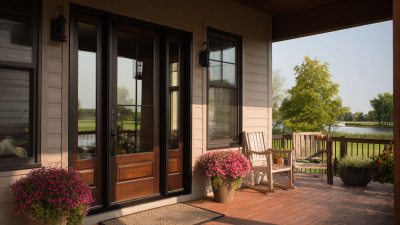
Understanding the Benefits of Choosing the Best Storm Doors for Your Home
-
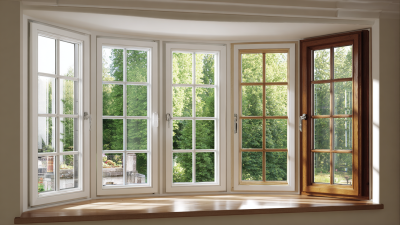
Discover the Leading Factory for Best Bow Windows: Quality Products for Global Buyers
-
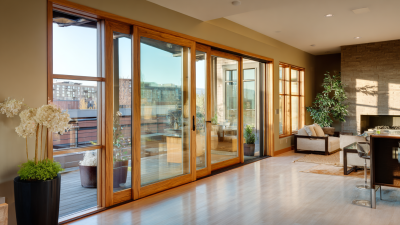
Unlocking the Secrets to Designing Best Custom Made Sliding Doors for Your Home
-
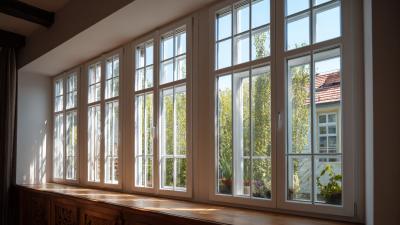
How to Choose the Best Custom Made Windows for Your Global Sourcing Needs: Insights and Tips
-
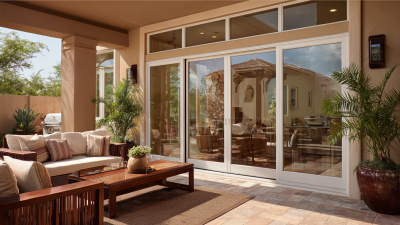
Emerging Technologies in 2025 Revolutionizing How Best Exterior Sliding Doors Enhance Homes